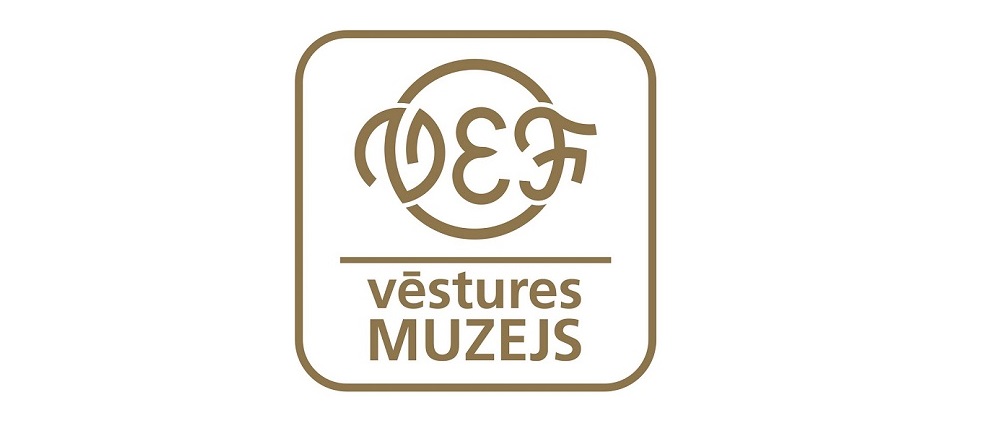The VEF History Museum was founded in 1969 at the initiative of VEF’s ex-employees – Jānis Auzāns, Georgs Selga, Kārlis Grass, Alfreds Drēziņš, Makss Siliņš un VEF’s former Director, Aleksandrs Egle – in commemoration of VEF’s semicentenary. The Museum used to occupy the premises on the second floor of the VEF Culture Palace, originally intended to be a billiard saloon by the architect of the palace, Nikolai Sementsov.
The first Director of the Museum was reporter Jānis Bērziņš. Initially, the collection only consisted of several items, so the first exposition was mainly based on periodical materials.
Along with the appointment of Ženija Katkovska as the Museum’s Director in 1972, the Museum’s activity intensified – purposeful efforts were taken to develop the collection, with the involvement of numerous employees of VEF. A new exposition was also developed. In 1978, upon its integration into the Scientific and Technical Publicity Unit, the Museum established cooperation with the Innovators’ Club, offering joint excursion programs and holding various events for VEF personnel. Every young professional used to start his or her career with a visit to the Museum.
From 1978 to 1982, the Director of the Museum was Olita Rozenbauma, from 1982 to 1995 – Inta Andersone, from 1995 to 2009 – Anita Eglīte, from 2011 to 2012 – Irēna Roģe.
COLLECTION
The Museum’s collection tallies about 6000 items, documents, photographs and other objects of cultural and historical evidence, which tell the tale of the factory’s advancement – from a small workshop with a few workers to a tremendous enterprise with numerous branch facilities.
At all times, VEF used to prioritise people – the persons creating its products and making its history – as its core value. The Museum’s collection now stores the memoirs of Aleksandrs Tīpainis, the founder of VEF; aircraft designer Kārlis Irbītis, advertisement artist Zelma Baboliņa, the factory’s ex-Director Aleksandrs Egle and many other executives and employees of VEF. An especially valuable source of information is the complete file of the “Vefietis” newspaper in Latvian and Russian, as well as technical documentation for various products.
The pride of the Museum is the VEF Minox camera – the factory’s most famous product that used to be known worldwide and became one of the canonical values of Latvian culture.
The Museum’s collection materials are available for familiarisation therewith on weekdays, from 2:00 PM to 8:00 PM. Please book in advance by calling 25435736 or sending an e-mail to vefmuzejs@riga.lv.
EXPOSITION
The Museum’s new exposition invites visitors for an interactive adventure trip into the history of VEF – to discover how it feels when you call someone by spinning a rotary dial of take a picture with the VEF Minox camera, to hear the unique sounding of radio broadcasts from the 1930s, the 1960s and the 1970s, to take a virtual tour across the territory of VEF and see remarkable sites and places.
The exposition features telephone sets and radio receivers that once won awards at international fairs, including the legendary “Tūrists” and “Spīdola”. Visitors can also see a most diverse variety of items from the 1920s and the 1930s – electric bulbs, a vacuum cleaner, pocket lights and batteries, a wind generator and other products of the VEF Factory, most completely described by the contemporary saying: “VEF produced everything, from needles to aeroplanes.” Telephone sets dating back to the period from the 1950s to the 1980s, telephone exchanges, transistor radios and stereo cassette recorders are witnesses to the achievements of VEF during the Soviet era. Touch screens contain a wealth of interesting facts about such aspects of the life of VEF as sports and medicine, and can also illustrate the story with documentary videos.
Keeper of the main collection of the VEF History Museum:
Dace Kaprāne
E-mail address: dace.kaprane@riga.lv
Mobile phone No: +371 25435736
